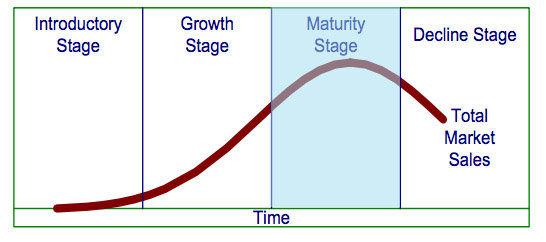What is Elie Saab’s core business? Describe its product in terms of the three levels of a product; core, actual and augmented product
The three product/service levels include the core, the actual, and the augment level. These levels are closely connected with one another. Elie Saab employs branding and designing to gain a competitive edge in the market place. These two are at the level of actual product. They support the core level to influence customers to purchase a product or service. For instance, through branding and designing, the company influences customers to gain confidence and trust in consuming Elie Saab’s products.
The augmented level of a product is when companies offer after sales services, customer relationship management activities, and warranties among others.
In this level, the marketers of this company research on the potential consumers of its offers. This helps it to design the actual product by employing augmenting strategies with an aim of meeting the needs of consumers. Elie Saab offers its customers all these to make them loyal to the brand, and hence increase sales, profits, and revenues. This makes the company gain a competitive edge.
Conduct a brief SWOT analysis, and identify Elie Saab’s competitive advantage based on your SWOT findings
In what stage of the life cycle is Elie Saab located? What is your evidence for your selection?
The company is in maturity phase, the third stage of product life cycle. This is because the sales have reached their peak, and the market for its products is saturated. The company is also facing other challenges such as a decrease in market share and profits (Shuayto & Kayyal, 2012). The company’s efforts to reduce costs and increase market share through employing positioning and differentiation strategies confirms that it is in the maturity stage.

Explain the trends observed in Elia Saab’s differentiation and positioning strategies
Marketers have made several changes to Elia Saab’s positioning and differentiation strategies. Initially, the company focused on Haute Couture, and it targeted the rich consumers only for its offers. However, after changing their positioning and differentiation strategy, Elie Saab launched a ready to wear activity to help it stay in the market. It shifted its focus to more affordable and easier mass production than in the beginning (Shuayto & Kayyal, 2012). It also switched to strategies that would help to have accessibility and commercial attractiveness. It employed strategies that would help it have a higher return on investment and turnover.
Should Elie Saab target an additional market, for example, the affordable luxury market, or should they stay with the high-end luxury market?
Elie Saab should target an affordable luxury market, but not a high-end luxury market. This is because if it targets an affordable luxury market, it will incur lower costs for materials and human labor. It can also get to increase its production volume. The two combined can contribute to high turnover and profit margins. This can help the company stay in the market and gain competitive advantage over its competitors in the industry.
What marketing mix strategies would you make to Elie Saab for-going forward? Be sure to cover product, price, distribution and marketing communications
The 4 Ps of the marketing mix include the product, price, place, and promotion (marketing communications) (Bowman & Gatignon, 2010). First, the company should focus on diversification for its products. This should include mass production of accessories and cosmetics targeting the individuals who have acquired wealth recently.
Elia Saab should differentiate its products from those of its competitors in order to gain a competitive edge. The company should maintain the haute couture to be its core and soul. Elie Saab should charge affordable prices for its products to attract many consumers across the globe. This will also help the company to formulate strategies to save on costs.
The company should also invest in social media marketing and continue making use of celebrity effects to gain a competitive edge. While distributing its products to the target audiences, the company should ensure that it develops a good relationship with its retailers to rebuild the lost element of trust. It should choose the best licensed retailers in order to build its brand image.
References
Bowman, D., & Gatignon, H. (2010). Market response and marketing mix models: Trends and research opportunities. Boston: now.
Shuayto, N., & Kayyal, H. (2012). Elie Saab: Growth of a Global Luxury Brand. Ivy Publishers. Web.